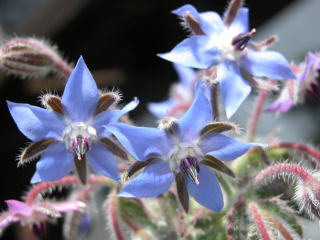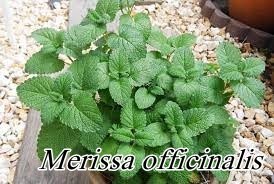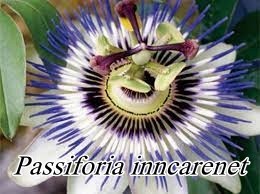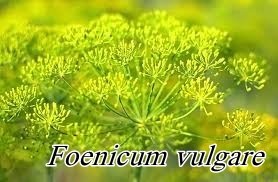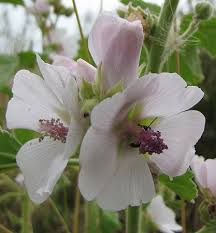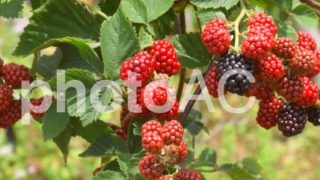The herb described here is borage, which looks lovely with its blue star-shaped flowers.
目次
Main Ingredients and Action
Gamma-linolenic acid
This component is a type of lipid, found mainly in evening primrose oil, but also in borage seeds.
It is known to improve atopic dermatitis, allergic diseases, menstrual pain, premenstrual syndrome, and irritability.
Characteristics
It is a 20-60 cm tall herb with beautiful blue star-shaped flowers. The juice squeezed from the flowers was called “Madonna Blue” in the old days.
Various Uses
Cooking
Fresh young leaves taste similar to cucumbers and can be eaten as a salad.
It is also recommended to make candied or ice cubes with the shape of the flower for a nice appearance.
https://www.herbainformationstore.com/2020/01/18/%e3%82%a8%e3%83%87%e3%82%a3%e3%83%96%e3%83%ab%e3%83%95%e3%83%a9%e3%83%af%e3%83%bc%e3%81%ae%e7%a0%82%e7%b3%96%e6%bc%ac%e3%81%91/
When candying the flowers, be sure to remove the calyx of the flower. Otherwise, in the case of borage, the sweetness of the sugar combined with the salty taste will make it difficult to describe.
History
Ancient Greece In Roman times, it was mainly used as a medicinal herb, and people at that time floated the flowers in wine to enjoy the color and fragrance. Pliny the Elder called it “that which brings joy.
In Europe, it has long been believed to produce good blood and was used medicinally. Elizabethan women are said to have embroidered the flower as a motif.
King Louis XIV of France loved the flower so much that he had it planted in the Palace of Versailles. He is reported to have said, “A garden without borage is like a heart without courage.
.
Scientific name: Borigo offichinalis L
Reading: Borigo offichinalis
Borigo
Latin for “cloak of fur”.
offichinalis
means “medicinal.
